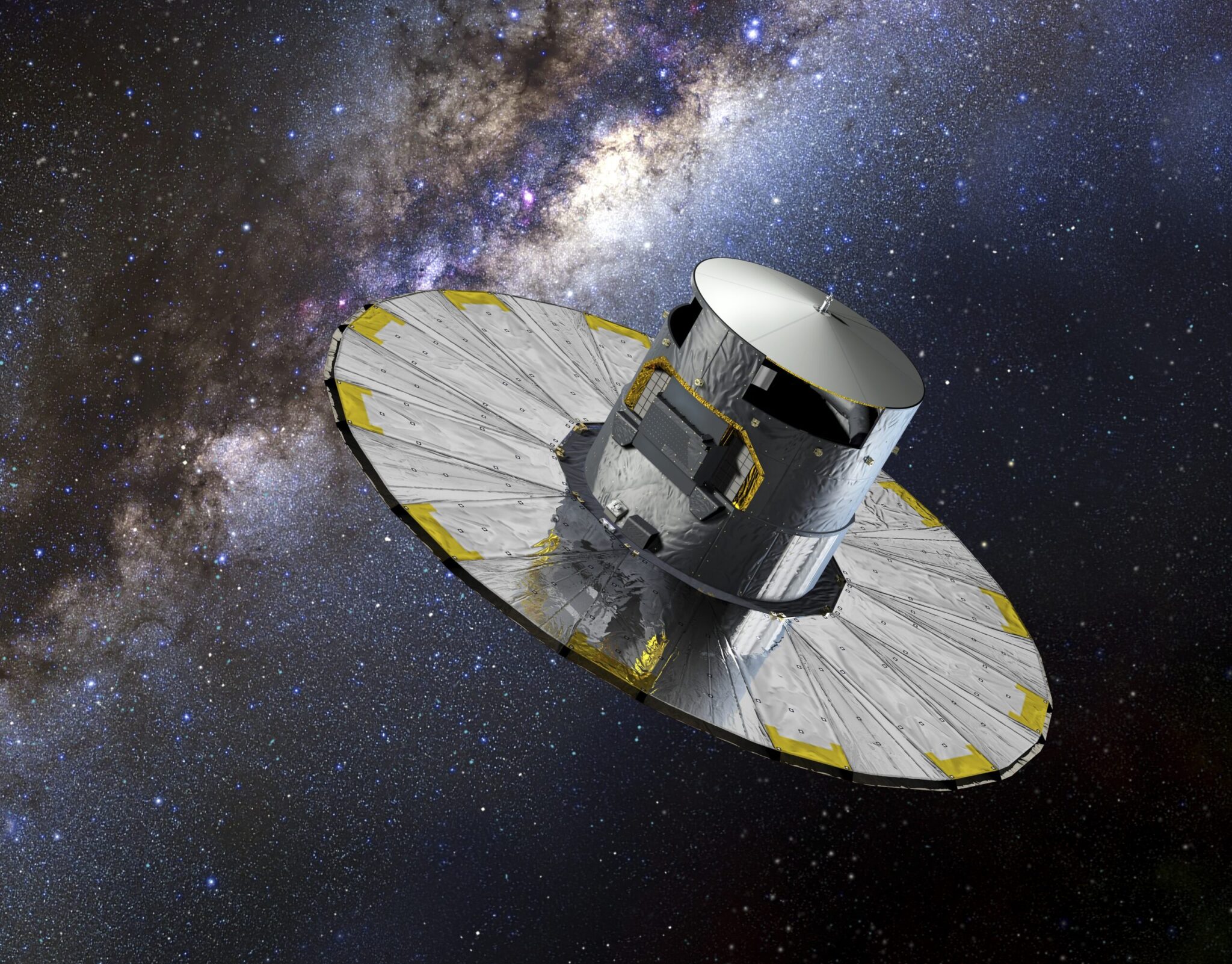The galaxy in a petabyte. Gaia at Cosmocaixa [NOT TRANSLATED]

First data from the mission GAIA have allowed us to obtain the most precise 3D map of our galaxy. Since its launch in 2013 its two telescopes capture light from stars and other celestial bodies in its orbit so precisely as if from Earth could observe a one-euro coin at the Moon. With GAIA multiply by ten thousand knowledge that until now have of the Milky Way as the satellite moves continuously and changes its angle to the sun. Therefore, you can register not only the stars but also other bodies such as quasars, planets extrasolar or asteroids. You will observe all celestial objects up to 400,000 times lower brightness than that seen by the human eye at first glance. Gaia will see each object between 75 and 100 times in order to create a 3D reconstruction. During this lecture, we know the latest data collected by GAIA. [NOT TRANSLATED]
